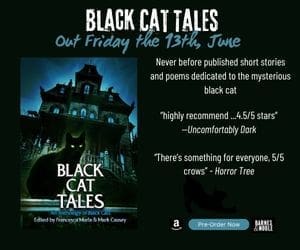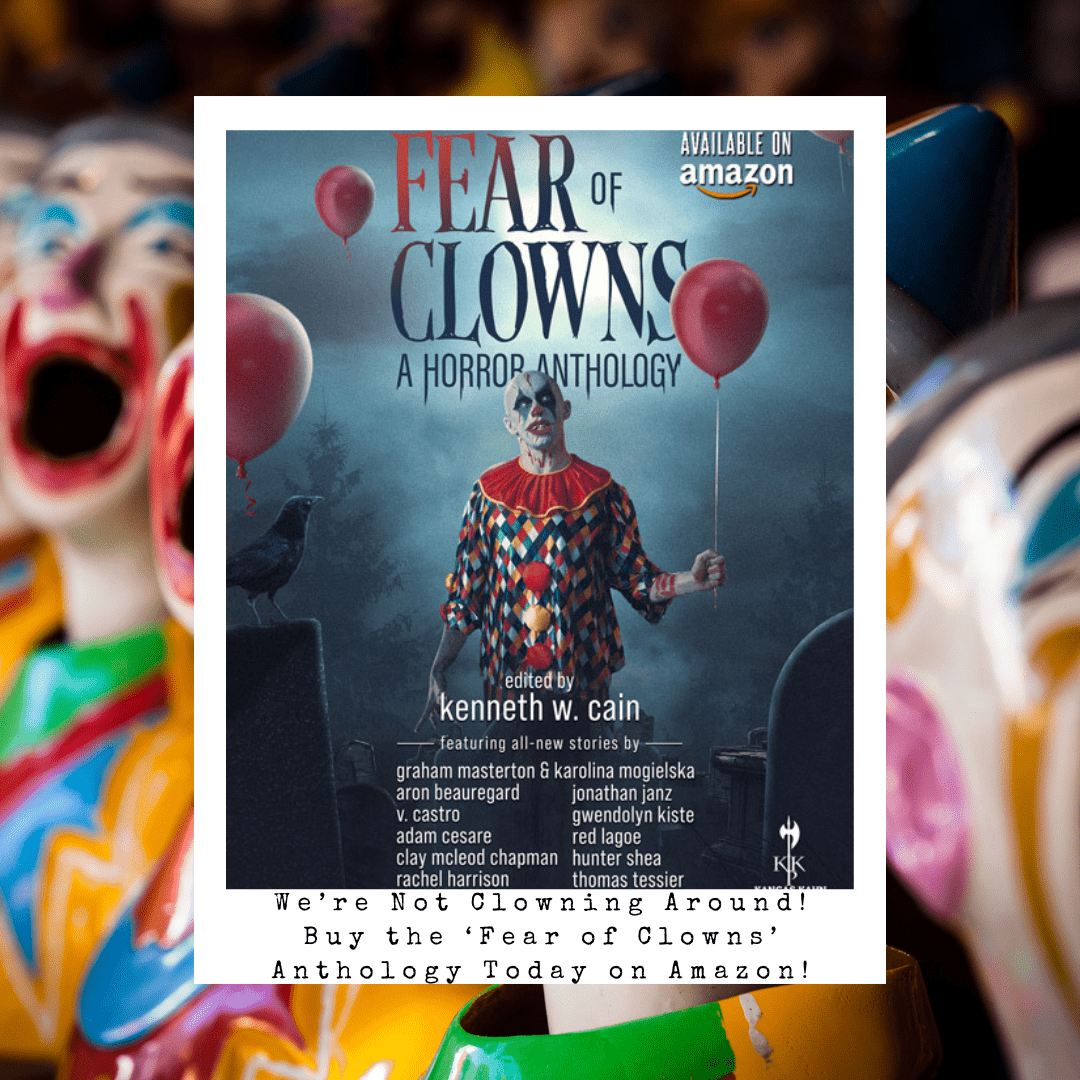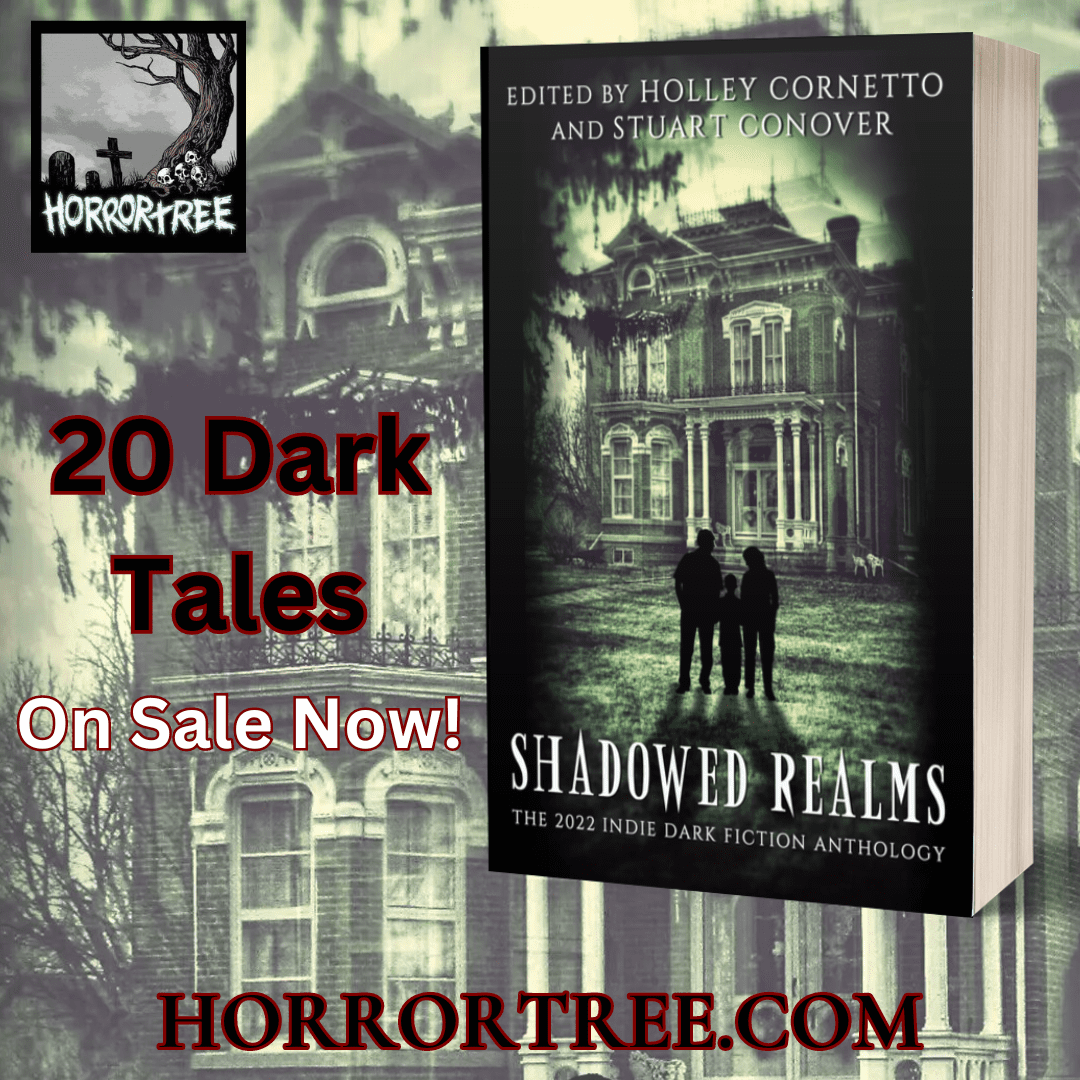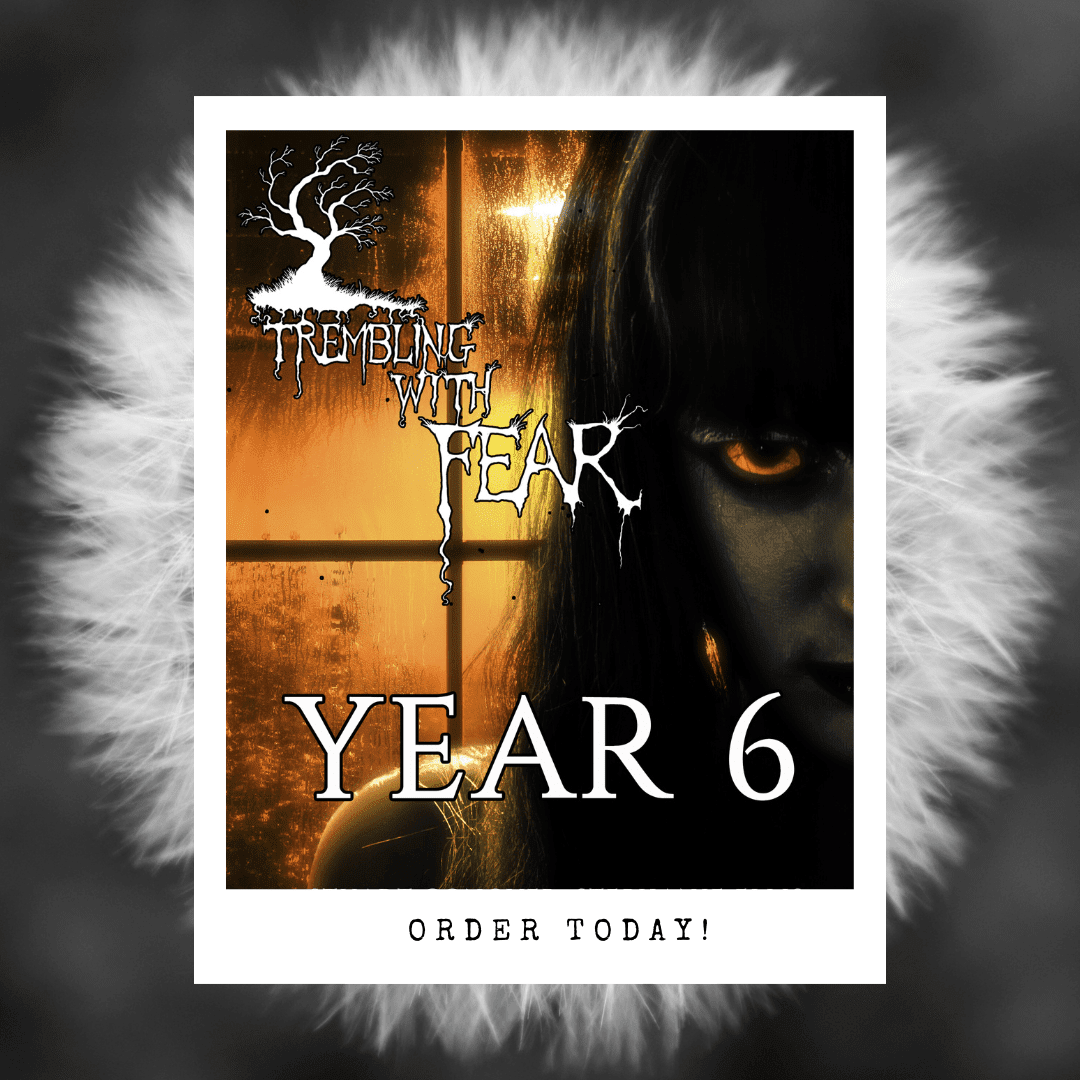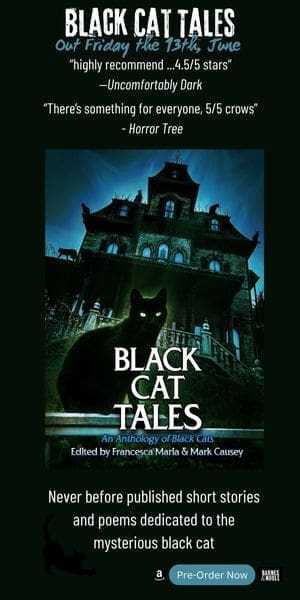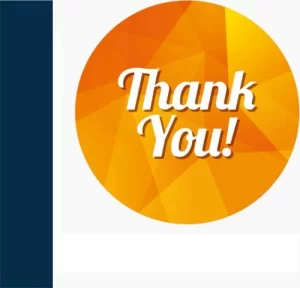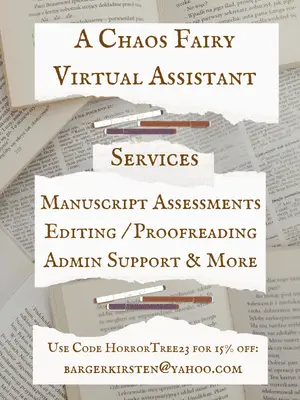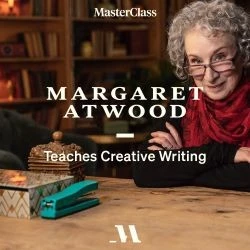An Interview With Denis Kitchen On The Kickstarter For The ‘Oddly Compelling’ Documentary And More!
An Interview With Denis Kitchen On The Kickstarter For The ‘Oddly Compelling’ Documentary And More!
For more than half a century, Denis Kitchen has been the embodiment of punk-rock persistence in comics—equal parts artist, publisher, and First Amendment firebrand. Long before “creator-owned” was a buzzword, Kitchen was stapling together Mom’s Homemade Comics, hawking issues out of head shops, and launching Kitchen Sink Press so voices like Will Eisner, Trina Robbins, and Alan Moore could run wild without a Comics Code muzzle. When prosecutors finally came knocking, he didn’t flinch; he built the Comic Book Legal Defense Fund brick by brick, turning courtroom showdowns into victory laps for free expression. Now filmmakers Soren Christiansen and Ted Intorcio are rolling the tape on Oddly Compelling, a documentary that threads Kitchen’s hippie-era pranksterism, his thirty-year publishing crusade, and his ongoing fight against censorship into one heck of an origin story for modern horror comics.
Why does that matter to Horror Tree readers? Because every grotesque panel, banned-book challenge, and late-night anthology pitch we celebrate traces back to the doors Denis kicked open. Oddly Compelling isn’t just a look in the rear-view; it’s a rallying cry at a moment when book bans are spiking and moral crusaders have libraries in their crosshairs. So I sat down with the man himself to talk EC horror, From Hell, giant penises invading Manhattan, and the practical ways tomorrow’s creators can keep the gates of weird wide open.
HT: ‘Oddly Compelling’ will be a fascinating documentary for those who follow the legal world surrounding comics and horror. What drove you to bring this to life?
DK: Hi Stuart. I’m glad you think the documentary will be fascinating. I hope so too. But the film was not my idea. I was approached by Soren Christiansen and Ted Intorcio, the filmmakers and after giving it some thought consented to cooperate.
HT: From Mom’s Homemade Comics to the CBLDF, your career has always mixed art with activism. When did you first realize that protecting free expression would become as central to your life’s work as creating comics themselves?
DK: I was always cognizant that underground comix, beginning in the late ‘60s, were potential targets for prosecutors or law enforcement. In general we were lucky and tended to fly below the radar with occasional exceptions. It wasn’t until the late 1980s when Omaha the Cat Dancer, a series I published, was busted in suburban Chicago along with Heavy Metal, a Richard Corben title, and a few others, and the shop manager was arrested. At that point I decided an organization was needed to assist retailers who, too often, were unable to afford the legal cost of resistance, so acquiescence was the norm. So I founded the Comic Book Legal Defense Fund as a 501 (c) 3 non-profit organization and oversaw it for the first eighteen years or so.
HT: The horror boom of the 1950s EC era was cut short by the Comics Code. Looking back, what do you think the medium (and the culture) lost when those titles were driven off the racks—and how did that precedent shape later censorship battles?
DK: Well, that amazing group of creators at EC—Jack Davis, Wally Wood, John Severin. Graham Ingels, Al Feldstein, etc.—were producing some amazing horror comics. I preferred their science fiction line and Harvey Kurtzman’s MAD comics, but the whole EC line represented a true new direction in comics when most of what was published in the early and mid-50s was pretty poor. What the comics and larger culture lost during that period of suppression is incalculable, but it certainly set back the growth of comic books as an art form for about fifteen years or so till my generation of underground cartoonists was determined to ignore the Comics Code Authority and make the kind of comix we wanted to read, regardless of what the larger comics industry was cranking out. The early lesson was to avoid newsstand distribution, where censors would be on the lookout, and to focus on friendly alternative outlets like head shops and used bookstores. The Death Rattle horror series I published, particularly the color issues of Volume 2, were in large part an homage to the classic ECs.
HT: Kitchen Sink Press championed boundary-pushing creators—Will Eisner, Harvey Kurtzman, Art Spiegelman, Alan Moore, Trina Robbins, and many more. Was there a single book or moment when you thought, “Uh-oh, this one might really get us in trouble,” and published it anyway? What tipped the scales?
DK: Probably Bizarre Sex #1. The cover, by me, of “The Giant Penis That Invaded New York,” was outrageous enough, but essentially funny. So I didn’t think the cover alone would get us in trouble. But the lead story, by Richard “Grass” Green, was called “Incest,” and that was the last cultural taboo. It was Crumb’s “Joe Blow” incest story that got Zap #4 busted, so I was worried about the repercussions. But, somehow, that issue flew under the radar, even after seven or so reprintings. Ironically enough, coming full circle, Tinto Press is publishing a new anthology called The Giant Penis That Invaded New York, with twenty or so artists creating their own “rest of the story” solutions to my cover mystery, and that book will be a key Kickstarter reward for the documentary.
HT: You founded the Comic Book Legal Defense Fund after a retailer was prosecuted for “obscene” comics. What parallels do you see between that 1980s case and today’s surge of book bans targeting libraries and schools?
DK: It’s pretty much the same thing: some people with deeply held beliefs, usually religious, want to impose their notion of what is acceptable to read, or not read, on others. It’s a form of cultural and political bullying, and whenever or wherever it occurs, it must be fought and stopped. It’s not a left or right political thing: I see efforts to restrict from all sides, but the First Amendment must be defended from all efforts to ban or censor.
HT: Horror—whether in prose or panels—often becomes a lightning rod for moral panics. Why do you think our culture repeatedly singles out the genre when it worries about corrupting influences, and how can creators push back without diluting their work?
DK: I vividly recall reading all kinds of horror comics as a kid in the ‘50s, both the EC versions and the off brands that could be particularly grisly and creepy. I don’t recall losing sleep or being adversely affected, but I also understood that they weren’t for everyone. Horror images can be so visually arresting—and disgusting to some—that they are natural lightning rods, as you put it. Creators who want to work in this genre should not have to dilute their work, but their publishers should probably put age advisories on covers and retailers should rack such titles on higher shelves or areas not accessible to children. That kind of common sense marketing is the best protection against those who seek to censor. None of us want our first or second graders to have easy access to images of vividly drawn eviscerations or rotting corpses.
Around 1971 or so I created the back cover of Mom’s Homemade Comics #2 with a character denying that my comic contain offensive words like t*ts and c*cks and similarly asterisked words regarded as being “obscene.” The point of the piece was to say that I thought the real obscenity at that time was The W*r in Vi*tn*m.
HT: For emerging horror-comics creators watching free-speech battles intensify, what practical advice would you give about protecting their work—and their livelihoods—when challenges arise?
DK: As noted earlier, one step is to just be smart about how any potentially provocative comic book or graphic novel is marketed. That is largely the publisher’s responsibility, but creators need to be involved. In general, in my opinion, the best defense is to tell really good stories, to make meaningful points about life and human values, or history, or politics, or science, and provide a context that gives the horror validity and impact. Relentless graphic images without some human connection and a gripping story is not only asking for trouble, it’s probably boring. If you create good horror stories where the stories are the primary appeal, not the graphic gore, then you are far more likely to avoid problems. But if you do get busted or banned or kicked out of libraries, the C.B.L.D.F. is only a phone call or email away.
HT: Looking ahead, what gives you hope that the next generation of readers, retailers, and creators will keep the doors of weird, unsettling, boundary-stretching storytelling wide open?
DK: I’m reasonably optimistic on that front. First, there is a steady decline in religion in America and most parts of the world, which I interpret as a reduction in the power of churches and evangelists to impose their so-called moral values on what the rest of us wish to create and support. Technology continues to provide new ways to disseminate and monetize content. Print-on-demand will only get more common and affordable, allowing a proliferation of short-run books and comics. We’ve also seen an explosion of conventions for fans and producers of alternative publications of all stripes and I suspect we’ll see further growth in those regional and specialty scenes, while the giant conventions, like San Diego, are maxed out. A key premise, of course, is that our First Amendment and political democracy remain intact—something one can’t be absolutely certain of anymore. There is also the premise that increasing automation and robots replacing human labor will translate to more people having leisure, with time to create and read and attend those gatherings of the like-minded. Predicting is a dangerous game, but I’m reasonably confident the coming generation and beyond will be producing and consuming all manner of the weirdness you describe.
HT: Most principal photography is done for ‘Oddly Compelling’, but you’re using Kickstarter to finish the last interviews and post-production. What’s the one elusive moment or conversation you’re still determined to capture before locking the final cut, and why will it matter to anyone who cares about free-speech battles in today’s comics landscape?
DK: That’s a difficult question. I already feel pretty talked out. I have to trust the filmmakers, at this point, to pull together the elements they feel tells a “compelling” story. I’m the subject of the documentary, but I am not making the movie: I need to trust their own creativity and storytelling skills.
If Denis Kitchen’s story leaves you as fired-up as it left me, don’t let the credits roll in silence, put that energy to work. Head over to the Oddly Compelling Kickstarter, snag a reward (I’ve already got my eye on those remarqued books), and share the campaign with every comics-loving, censorship-loathing friend you know. The more we amplify Kitchen’s legacy right now, the louder the message to would-be censors that horror, and all boundary-pushing art, still has a legion ready to defend it.





